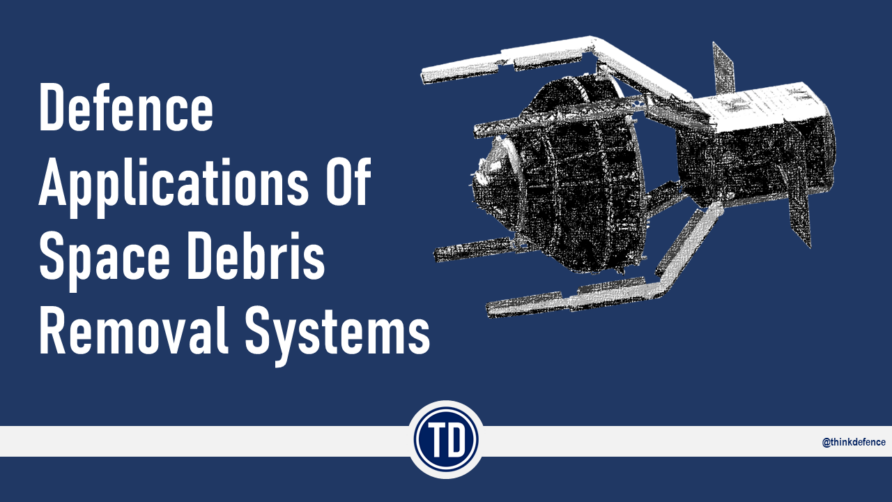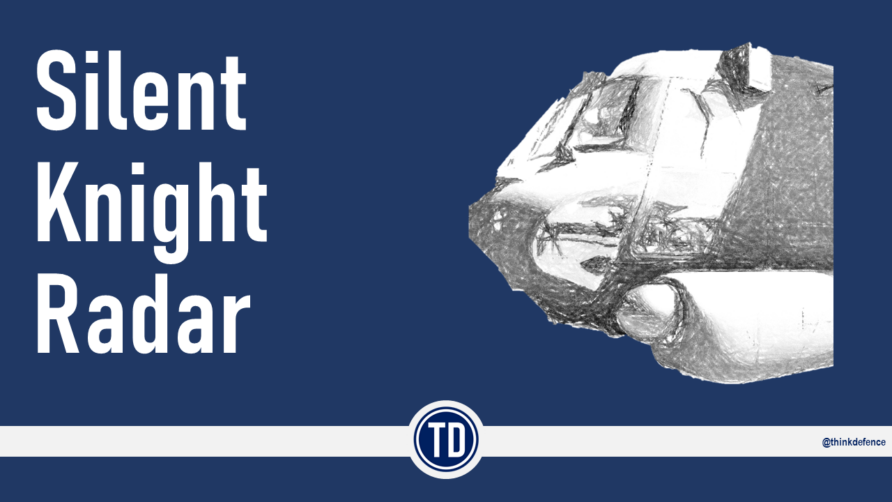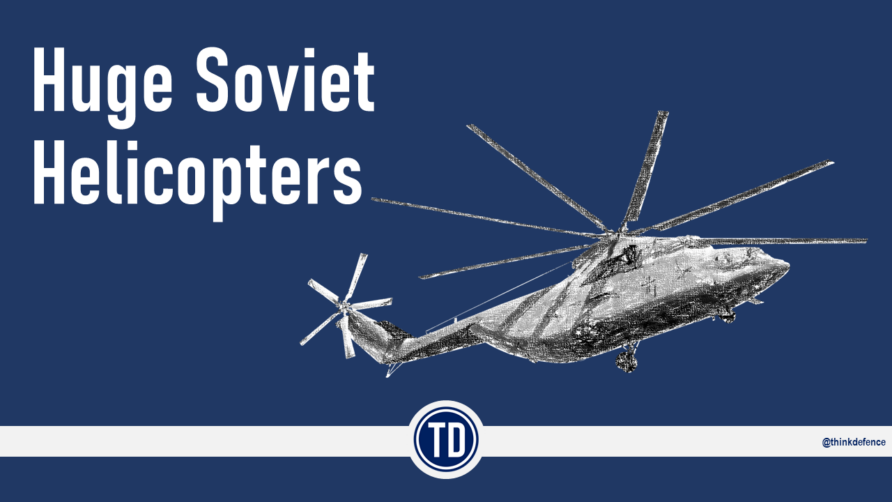The Beechcraft King Air 350 hits the sweet spot for payload, speed, endurance, cost, ease of systems integration, and deployability. It is widely used in the surveillance, communications/signals intelligence, and reconnaissance roles by many nations.
The RAF Shadow R.1 is based on the King Air 350 platform, an aircraft that has seen widespread use since introduced some years ago for service in the Middle East and Afghanistan.
The basic aircraft has a massive user base (over 6,000 aircraft) and is safe and reliable with proven performance and great adaptability. It has a high top speed, plenty of endurance and payload (for sensors, DAS, and Comms), and a pressurised cabin, perfectly suited to the role.
If a sensor is available, chances are a King Air is flying with one.
The USAF first used King Airs in the mid-’70s and designated them RC-12s. Since then, the aircraft has evolved and several integrators have taken the basic aircraft and stuffed them full of all manner of sensors, mission equipment, and communications gear. This image below from Northrop Grumman shows the evolution of the US Army Guardrail aircraft from the RU-21E in 1971 to the RC-12 Super X (Multi Intel) in 2014.
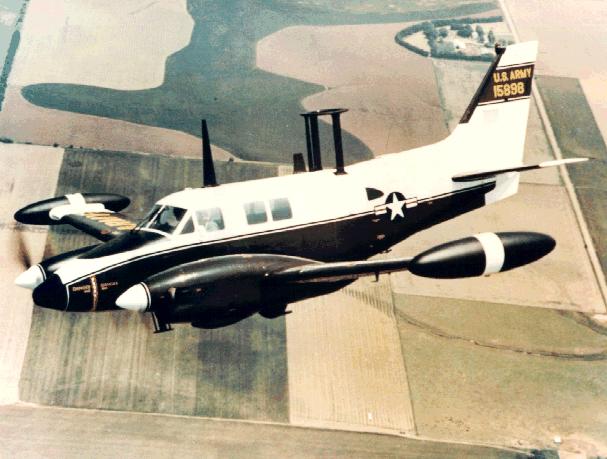
There are thought to be over 25 different King Air ISTAR variants in service, with one version (in US service) called the EMARSS. Although endurance at 8 hours is lower than many unmanned systems, they can haul over a tonne of payload at high altitudes and higher speeds.
Boeing RAMIS
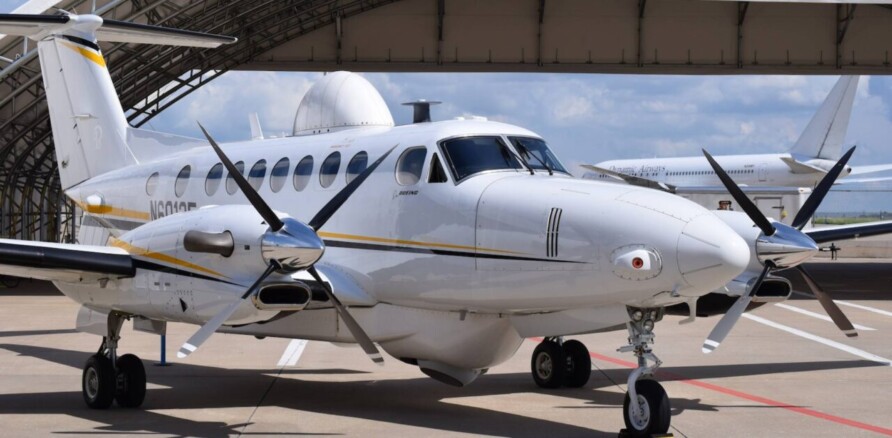
EMARSS-M
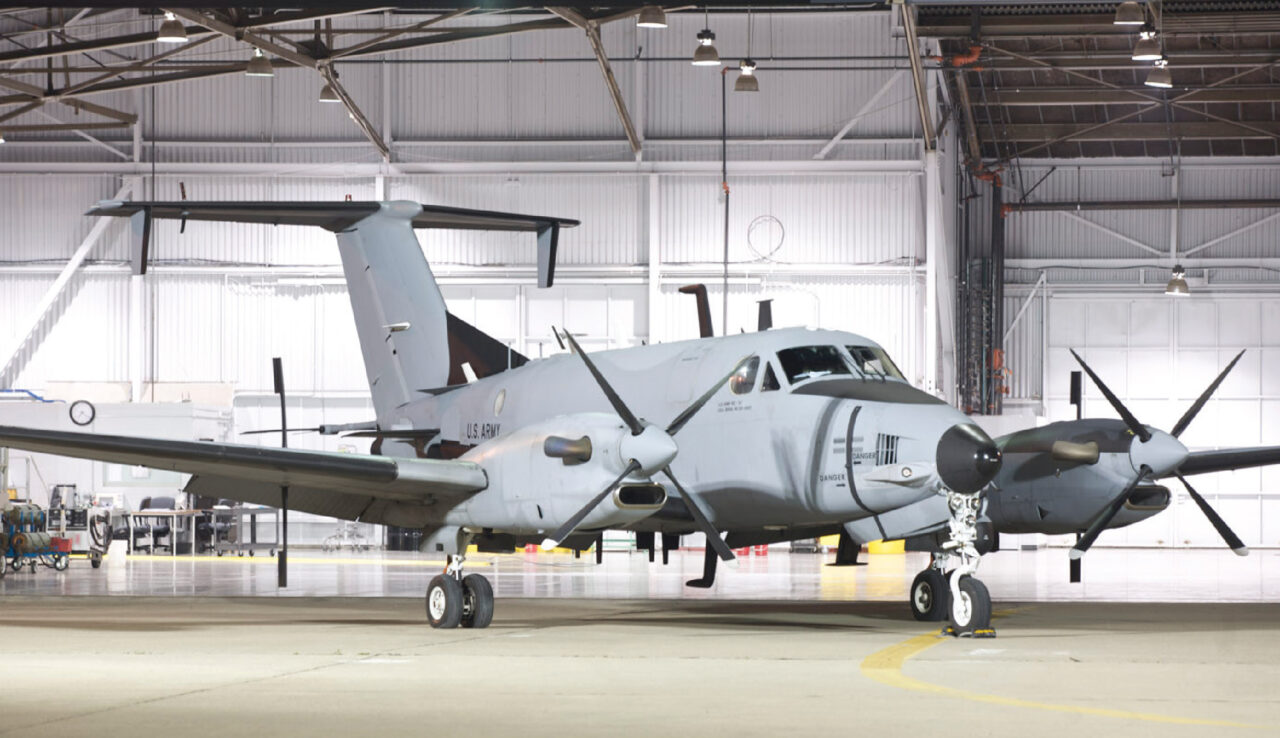
Shadow R1
Some of the more exotic systems found on various King Air 350s include WAAS equipment, Hyper Spectral Imaging Systems, Wide Area Motion Imaging (WAMI), LIDAR systems; FOLiage PENetrating (FOPEN) radar, GMTI/SAR, hyperspectral sensors, ELINT/SIGINT systems, communications systems, and data links.
The Enhanced Medium Altitude Reconnaissance and Surveillance System (EMARSS-M) is from L-3 Mission Integration and is a conversion of the MC-12W project Liberty configured aircraft and includes;
electro-optic/infra-red (EO/IR) sensor, communications intelligence collection system, an aerial precision geolocation system, line-of-site tactical and beyond line-of-site communications suites, two Distributed Common Ground System-Army (DCGS-A) workstations and a self-protection suite.
Like Shadow R1, the EMARSS-M includes an extensive self-protection system that enables it to operate in much more dangerous airspace than the types described above. The M variant will join a further three types, each equipped with different combinations of sensors and signal exploitation equipment.
The sophistication of the mission systems combined with this self-protection capability pushes the price of these aircraft up significantly, but they are still affordable for emerging nations.
Click HERE to read more about the ATOS mission system.
L-3 also have a King Air platform called SPYDR-II
Typical SPYDR II sensor fits include wide-area motion imagery (WAMI), maritime radar, ground moving-target indicator (GMTI) and foliage-penetrating (FOPEN) synthetic aperture radar (SAR), signals intelligence (SIGINT), and light detection and ranging (LIDAR) payloads. The aircraft displayed at Farnborough featured an under-fuselage pod of a size that could accommodate a maritime radar, two Wescam MX-15 electro-optical/infrared imaging systems (one forward of the nosewheel and the other at the rear of the pod), a high-frequency (HF) direction-finding antenna under one wing and a representative munitions pod under the other. Inside the aircraft was a typical mission fit for the four-person crew (pilot, co-pilot, and two mission specialists), much of which can be reconfigured, with the necessary connections for the onboard equipment already wired into the airframe.
The foliage penetrating radar was reported to be especially useful for tracking personnel.
SPYDR Video
Hard to beat for what it does
It will be interesting to see how these systems survive as many defence forces move to a more traditional high-intensity combat model.
Read more (Affiliate Link)

Discover more from Think Defence
Subscribe to get the latest posts sent to your email.

